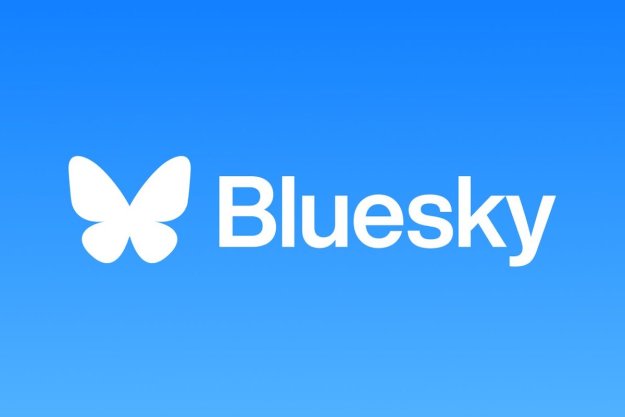
While commercial bots are designed to create more followers for a social media account, the study found that a number of fake social media profiles use an algorithm to negate critical voices. Like the annoying but less destructive commercial bots, these computer-driven accounts will retweet posts or share links to gain a larger reach than an actual person could.
Freedom House suggests that bots can also be used to drop hashtags out of the trending section. In one case in Mexico, around 75,000 bots were used to tweet a distracting hashtag once a protest or government scandal became a trending topic. With so many fake accounts tweeting with different hashtags, those popular hashtags among real people fell off the trending section, curbing their influence.
And just like social media companies are using both algorithms and actually people for tasks like identifying fake news or removing content that violates policy, bots were used alongside people paid to create or share certain posts. In 30 countries, nearly half of those included in the study, reports indicate that the government pays social media commentators.
The study says those paid comments fall into three different categories: Posting comments in support of the government, posting comments against government opponents, and steering online discussion away from controversial topics. The organization said it used investigative reporting, leaked documents, and academic research to uncover that information.
While less common, at least 10 countries had examples of hijackers taking over an influencer’s account to post comments. Another 16 used fake news during an election season, the study said. While fake news isn’t a new problem, the organization suggests that the attempts are getting more sophisticated, including creating URLs that look like they came from a reputable news site and putting news logos on the fake content.
While social media technology played a large role in the study’s look at internet misuse as a whole, Freedom House suggests that technology, in part, could help reverse the problem. The organization suggests tech companies should put more effort into disabling bots and fake accounts along with taking another look at the algorithms that decide which topics are trending. Social media users, on the other hand, should learn more about how to identify fake news.
The organization suggests that countries should also put at least the same amount of regulations for print political ads into online regulation. In the U.S. at least, the conversation has already started with new regulations from Facebook, Twitter ,and the Honest Ads Act proposal.
Editors' Recommendations
- These teachers aren’t just enduring the remote education era — they’re thriving
- Emoji aren’t just symbols. They’re an ever-evolving digital language of emotion




